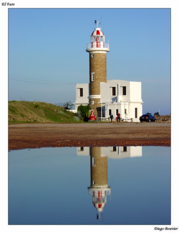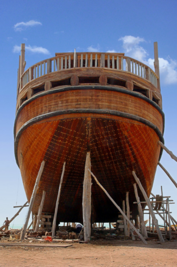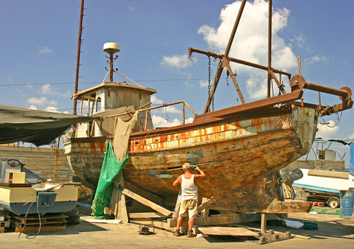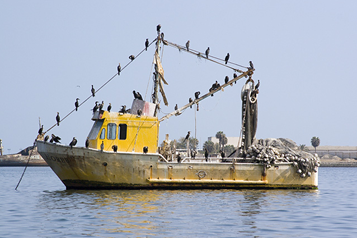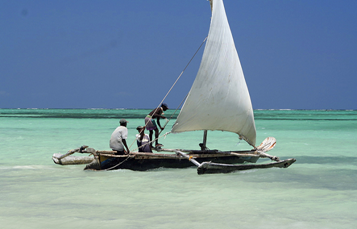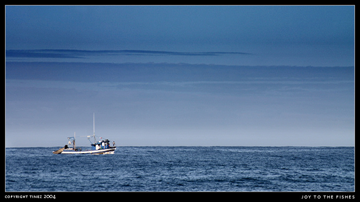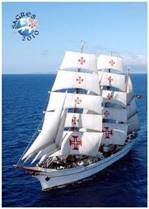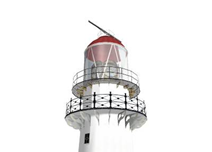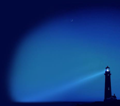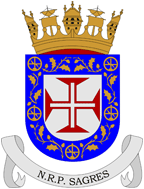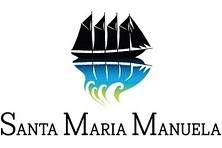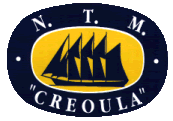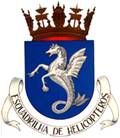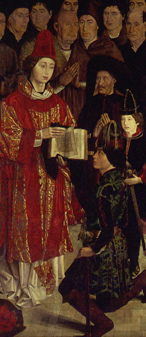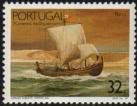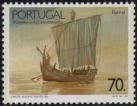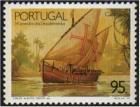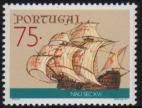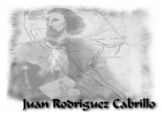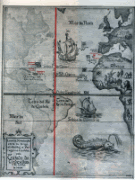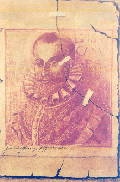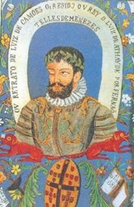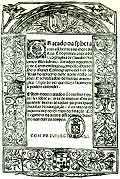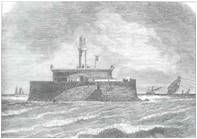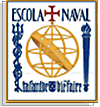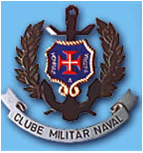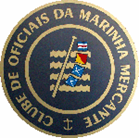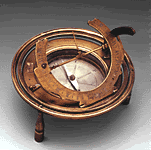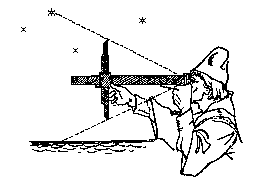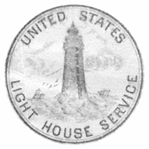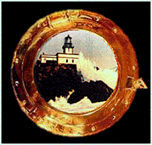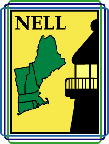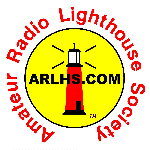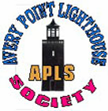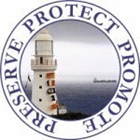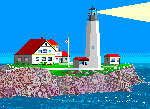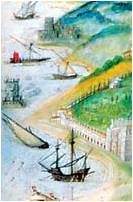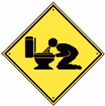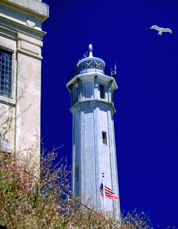
 Photo From Navy Ship
Photo From Navy Ship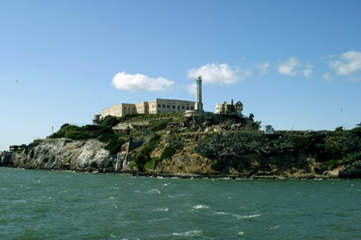 Photo From Navy Ship
Photo From Navy Ship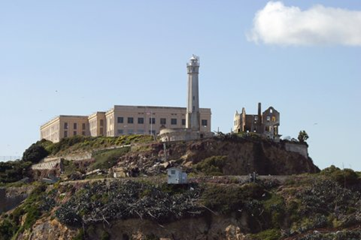 Photo From Navy Ship
Photo From Navy Ship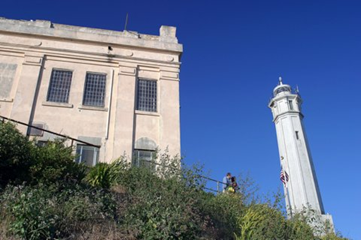 Photo From Navy Ship
Photo From Navy Ship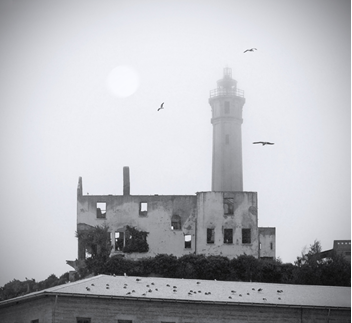 Photo Bob
Photo BobAlcatraz is best known as "the Rock" - a prison where the worst of the worst were incarcerated. However, the island is also the site of the first California lighthouse. The island's name itself is derived from the Spanish word alcatraces, meaning "strange bird" - a reference to pelicans living on the island when it was visited by the Spanish. The name "Alcatraces" was actually originally given to what is now Yerba Buena Island in the San Francisco Bay. In 1775, the name transferred to the current site. The US Coast Guard Survey shortened the name to Alcatraz in 1851.
In 1849, the Coast Guard Survey dispatched a party to the Pacific Coast to determine sites for new lighthouses in California, Oregon, and Washington. The Gold Rush had made Pacific Coast lighthouses a priority. The work was contracted to a Baltimore firm. The company dispatched the bark Oriole around Cape Horn to California, laden with supplies and a work crew.
The Oriole arrived in San Francisco on January 29, 1853, and the crew began work on the first Alcatraz lighthouse. The foundation had been laid in late 1852 by an advance crew. (Nelson, p. 100) The original structure was a California cottage - a two-story structure with a tower in the center. The fifty-foot lighthouse was painted white with black trim and a back lantern room. The fixed third-order lens did not arrive until October 1853. Budget problems delayed installation until 1854.
A fog bell was added in 1856, when it was clear that San Francisco's now well-known fog often rendered the light ineffective. The original bell had to be rung by hand - quite a task considering the density of fog in the area. Later fog bells had a clockwork mechanism which would automatically ring the bell at prescribed intervals. As the city of San Francisco grew, a new flashing fourth-order lens was installed, to aid mariners in distinguishing it from city lights. (Shanks, pp. 30-32)
On April 18, 1906, the San Francisco earthquake rattled the lighthouse. The lighthouse tower was cracked, and one of the chimneys tumbled down. Keeper B.F. Leeds wrote "...is this the end of the world?...Terrible seeing S.F. from here." (Nelson, p. 101)
There had been a military presence on the island since the mid 1800's. By the turn of the century, the military prison on the island had grown to such an extent that it was obscuring the lighthouse. Work on a new lighthouse began in 1909. The new tower was eighty-four feet tall. Electricity powered the light and the fog sirens at the north and south ends of the island. The new keeper's house was adjacent to the quarters of the warden and the prison doctor - "considering the not-to-select company Alcatraz offered...the lighthouse area was the elite neighborhood of the island." (Shanks, p. 35)
Life on the island was usually quiet for the keepers, but it was an unusual and sometimes dangerous assignment. In 1946, a prison riot took place which required the intervention of US Marines. The keepers were kept informed of weather conditions by tower guards, who had the best vantage points. Occasionally the keepers would need to cross the prison to service the fog signals at the end of the island. This would require notifying the guards, and would proceed on hand signals from the guards from gate to gate.
The keepers could not cross the compound while any prisoners were in the compound. Any trash generated by the keepers had to be crushed and tossed into the bay, to avoid anyone fabricating it into a weapon. The keepers were allowed to have visitors, but they were not allowed to leave their quarters and go to the boat until a whistle blew five minutes prior to departure. (Shanks, pp. 38-41)
Due to the high cost of maintaining a prison on an island, the government closed the prison in 1963. In November 1963, the lighthouse was automated. The lens was removed, and a reflecting light installed. On November 9, 1969, the island was occupied by Native Americans who claimed the island as part of an 1868 Sioux treaty. Full-scale colonization of the island began eleven days later. ("Discover Alcatraz" Self-Guiding Tour) The US government attempted to drive them off by cutting off power to the island, including the lighthouse. Lighted buoys were placed at either end of the island. Power was restored by the island's new residence, with the help of a generator smuggled to the island with the help of "several prominent San Franciscans concerned with maritime safety." (Shanks, p. 42)
During this period, a mysterious fire destroyed the keeper's house and warden's house. A boat was seen leaving the island shortly before the fire, leading some to believe the fire was the work of arsonists. With no water pumps on the island, there was no way to fight the fire. The Native American population gradually dwindled, due to government pressure and the hardships of living on the island. In June 1971, federal agents removed the few who remained. ("Discover Alcatraz" Self-Guiding Tour)
After the occupation, the government's General Services Administration began to raze the old fort and prison structures. The historic site was saved from the wrecking ball in 1972, when Alcatraz was made a part of the newly-formed Golden Gate National Recreational Area, and administered by the National Parks Service.
Today, a 200,000 candlepower optic shines from the 1909 tower. The island is a popular tourist attraction. The fourth-order Fresnel lens is on display in the island museum. Much of the island has been reclaimed by nature. Part of "Pelican Island" has been closed off as a nesting area for seabirds.
...
...
Rudy and Alice's
